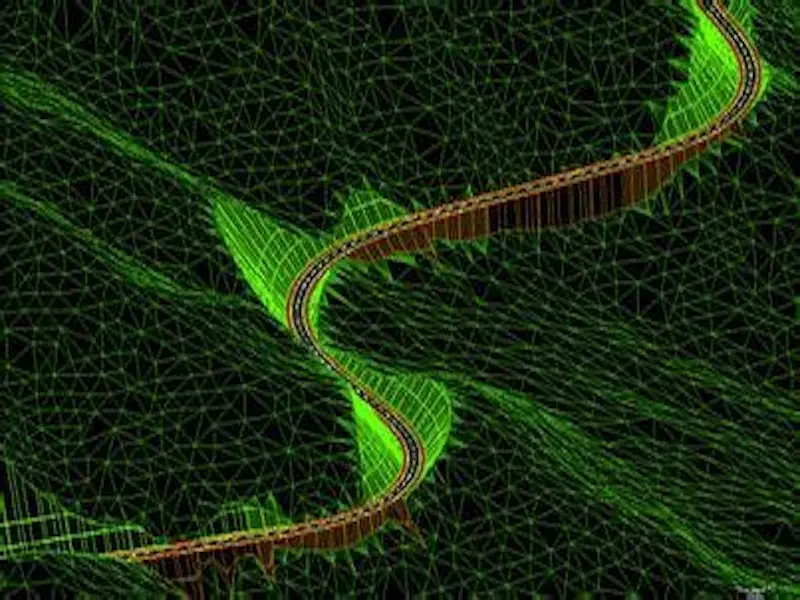- Generative Capabilities: Diffusion models are generative models that create new data samples by progressively transforming noise into coherent outputs through a series of intermediate steps.
- Applications: They have been successfully applied in various domains, including image synthesis, text generation, and even audio production, showcasing versatility across different media.
- Training Process: The training of diffusion models involves learning to reverse a gradual noising process, effectively capturing the underlying data distribution.
In recent years, diffusion models have emerged as a powerful tool in artificial intelligence, revolutionising how we generate data across diverse domains. By leveraging a unique process that gradually refines random noise into structured outputs, these models can produce high-fidelity images, realistic text, and even intricate audio compositions.
Their strength lies in their ability to learn complex distributions, making them a favored choice among researchers and practitioners seeking innovative solutions for generative tasks. As advancements continue, diffusion models are poised to shape the future landscape of AI-driven content creation.
Definition of diffusion models
Diffusion models are a class of generative models in artificial intelligence that have revolutionised how we create and manipulate digital content, such as generating images and audio. At their core, diffusion models add random noise to existing data and then reverse the process to transform the random noise into a structured output gradually. Through this process, the model learns to create synthetic data.
Also read: Stability AI Levels Up Image Generation With New Stable Diffusion Base Model
Also read: What are the two main types of generative AI models?
Applications of diffusion models
Diffusion models have found their way into several types of applications, transforming how we create and interact with digital content. While new applications continue to emerge, you might see this technology used for functions such as:
Media generation: Diffusion models are widely used to generate complex data that mimics the structure of training inputs. Professionals can apply this technology in many ways, including generating artificial pictures and synthetic biological structures.
Text-to-image generation: These models can take written descriptors, such as “small dog” or “woman eating an apple,” and create lifelike pictures that capture the textual information.
Large language models: The de-noising algorithms in diffusion models are useful in large language models to understand and interpret complex user text input and produce appropriate responses.
New innovations with diffusion models
Diffusion models have been commonly used to generate images from text. Still, recent innovations have expanded their use in deep-learning and generative AI for applications like developing drugs, using natural language processing to create more complex images and predicting human choices based on eye tracking. One of the most notable creations in this space is the DALL-E, which is an image-generation artificial intelligence model that bases its algorithm on diffusion model principles.
DALL-E, named after the artist Salvador Dali and the robot WALL-E, is a powerful generative AI model developed by OpenAI that can create novel images from textual descriptions, even outside of training images. For example, you could ask it to create an image of “a rainbow stream with unicorns drinking from it” or “a sparkling elephant with two heads.” This is relatively new in artificial intelligence, and researchers are still finding novel ways to use this technology and make it accessible to users.
Pros and cons of using diffusion models
Diffusion models are a powerful tool, but as with any type of artificial intelligence model, they have their own set of limitations. Awareness of the advantages and disadvantages can help inform your decisions when designing your model and help you avoid pitfalls. Plus, you can increase your confidence that you are using your model for the right types of data and applications.
Pros
Strategic insights: Diffusion models offer insights into product adoption rates and the spread of innovation. This helps organizations refine their market strategies, identify influential stakeholders, and improve product development processes.
Behavioral understanding: Diffusion models help decode complex human behaviors and choices, which can give marketers and psychologists a deeper understanding of why people make the decisions they do.
Novel images: While more traditional models took training data and tried to create new pictures that were similar to the original input data, more advanced models can now extend applications beyond training data to truly unique outputs.
Cons
Difficulty with complex prompts: Models may struggle with inputs that have numerical or spatial components.
May have limited scope: Depending on the design of your algorithm, the diffusion model may have limits to the patterns it can identify and the types of images it can generate.
Privacy concerns with training data: Because of the high volume of data needed for training, you might find obstacles when sourcing data that isn’t protected, licensed, or copyrighted online.

